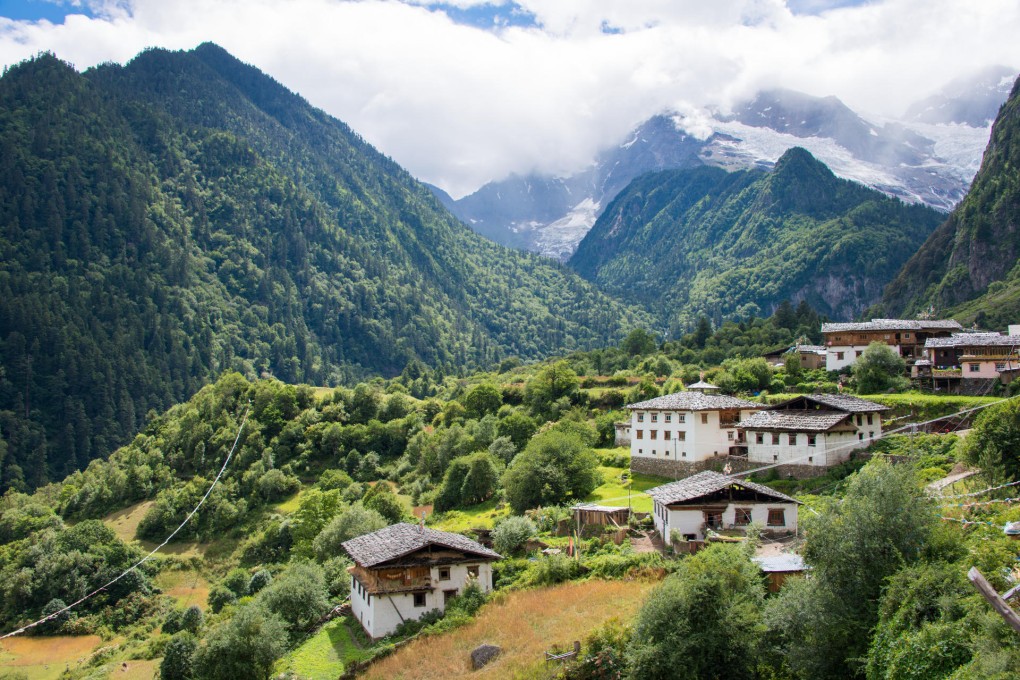Wine Opinion | Will Shangri-La produce China's first world-class red wine?
The 2013 vintage from Moët Hennessy winery in Adong, a remote village 2,500 metres up in the Himalayan foothills, could be the start of something big

When Jean-Guillaume Prats joined Moët Hennessy Estates & Wines in 2012, his role as president was to head up strategy and development for a range of iconic brands. At the same time, he was put in charge of a fledgling project that was, he was told, the fruition of a four year search by Chandon sparkling wine maker Tony Jordan to find the best spot in China for quality still red wine.
Jordan is a highly respected Australian wine scientist, consultant and winemaker who has worked with Moët & Chandon since 1985, when he was hired to launch the sparkling Domaine Chandon wine in the Yarra Valley, and he repeated the success at Chandon China, which launched its first bottles in October 2014. While looking across China for a site for the sparking wine - he selected Ningxia in the end - he was asked by Moët Hennessy chief executive Christophe Navarre to find the right spot for red wine.
Although others had selected Ningxia for still as well as sparkling wines, it had one big drawback for Jordan - its exposure to Mongolian winters, leading to the labour-intensive practice of burying the vines to protect them from biting weather conditions that can reach minus 25 degrees Celsius.
He was looking for a region with a long growing season, enough altitude to be protected from the humidity prevalent in the low-lying areas of China, and where the year-round climate would be suitable for genuinely world class red wines. He found it in a remote village in the foothills of the Himalayas.
A few weeks after Prats had begun his new role, he flew to China for the ground-breaking ceremony of the new winery at the site that Jordan had selected. It took him some time to get there, flying from Paris to Shanghai, Shanghai to Kunming, then Kunming to Shangri-La on the Tibet-Yunnan border. Shangri-La is one of the world's highest airports at 3,300 metres, and, after arriving there, he had another six-hour journey along a half-completed road through a mountain pass to the village of Adong.
Prats was given the brief of producing a wine only for the Chinese market and considered hiring a Hong Kong-based manager who would visit Yunnan on a weekly basis. "As soon as I started to study the potential of the vineyards and wines, I knew that this wine would deserve an international audience, and that the winemaker would need to be based full-time in Yunnan. This is not a project that can be half-done - we had to fully commit to it in every way," Prats says.